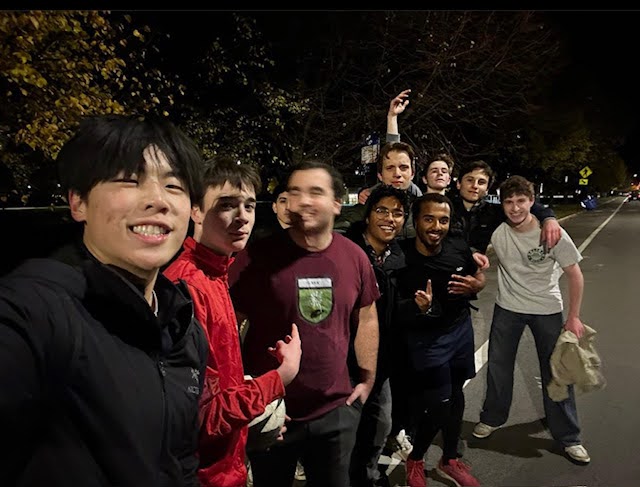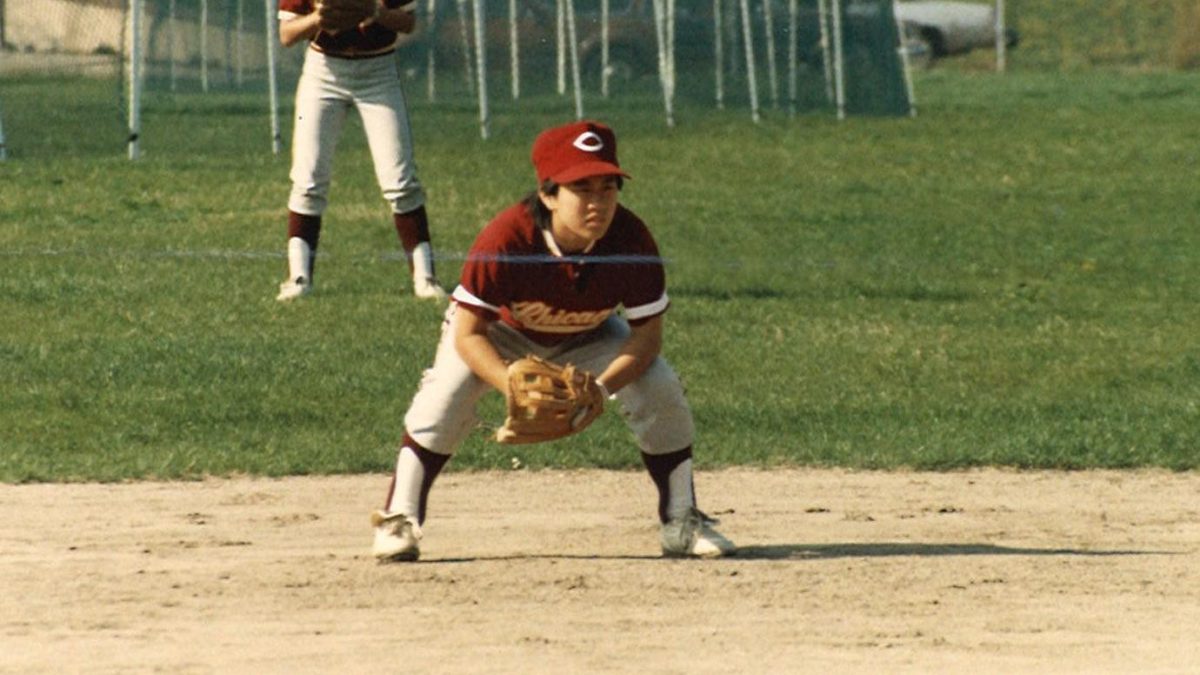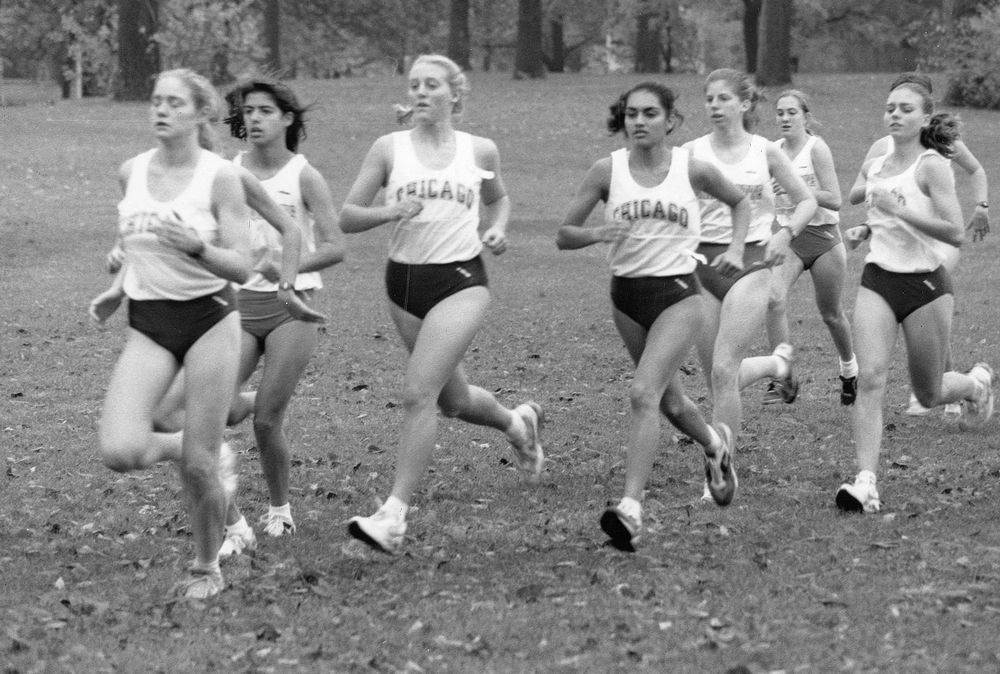When ground broke on the Gerald Ratner Athletics Center eight years ago, the facility was intended to give athletics at Chicago a dramatic facelift. Five years after its opening, the $51 million investment has already provided a substantial return.
As the Department of Physical Education and Athletics celebrated Ratner’s birthday this week with free food and fitness class giveaways, it could also revel in the recent success of many of its varsity programs. Men’s basketball has made two consecutive trips to the NCAA playoffs, women’s hoops won its first outright conference championship last winter, and men’s and women’s swimming have become fixtures in the national rankings. Aside from their success, these teams all share at least one thing in common: a coach who credits Ratner with revitalizing or strengthening his or her team.
Among Maroon varsity teams, men’s and women’s swimming have unquestionably benefited the most from Ratner’s construction. Myers–McLoraine pool, with its 400-seat observation deck and Olympic dimensions, is a stark departure from the squad’s previous facilities, the now-removed pools in Ida Noyes and Bartlett.
Before the addition of Myers–McLoraine, the program grappled with the lack of a home competition facility, the hassle of traveling off campus for practice or contending with cramped swimming spaces, and the difficulty of drawing recruits without a pool to call its own.
“As soon as [Myers–McLoraine opened], the recruiting pool immediately increased in size,” swimming head coach Jason Weber said. “Since I have started recruiting, we’ve been able to attract larger and more talented recruiting classes every year. Obviously, the fact that the team has been improving and that Chicago is a top-notch school helps as well, but the pool is a huge draw.”
Weber, who points to the program’s inadequate facilities as a cause for its stagnation during the years before Ratner, also feels the addition of Myers–McLoraine has given Chicago a competitive edge in its home meets.
“With such a nice facility, we get a lot of teams in the Midwest who prefer to come here to swim us so we don’t have to travel that much,” Weber said. “That’s definitely a plus for our swimmers since they can rest at home and have more time to do school work. Also, since our team has become quite good, we’ve been attracting a lot of spectators to our bigger meets, making the meet environment pretty loud and exciting for our swimmers to compete in.”
Even if merely coincidental, the team’s dramatic success since the pool’s addition has been undeniable: 19 of 23 men’s team records have been set in the Ratner era. Last season marked the first time the squads have had rosters entirely recruited since Ratner’s construction, and it also marked a breakthrough year for the program, with top-ten national rankings, improved UAA finishes, and an NCAA All-American performance by then-first-year Ellie Elgamal.
While Maroon swimming received the most comprehensive overhaul that the new facility could offer, the head coaches at the helms of Chicago’s basketball programs have also seen their stock rising, thanks in part to Ratner’s new competition gymnasium and weightlifting facilities.
“Our recruits and their families are consistently wowed with our facility,” women’s head coach Aaron Roussell said. “There are just not many places at this level that can offer what we have. Recruits get excited about the opportunity to practice and compete in such a nice facility, and when you can show off a place like Ratner it helps win those recruiting battles.”
Before the new gymnasium’s construction, Chicago’s basketball squads competed on the upper level of Henry Crown field house, a decidedly less glamorous playing venue with a lower spectator capacity than Ratner’s 1,600 seats.
“When Ratner is rocking for a big game, there is no better place to play in the conference,” Roussell said.
In his first year playing with an entire squad recruited with the help of Ratner, Roussell took his team to the NCAA Sweet 16, claiming a UAA championship along the way.
Enjoying a conference crown and a playoff run of his own last winter, men’s basketball head coach Mike McGrath notes that aside from the physical advantages offered by Ratner, the facility also signifies the recent administrative trend to value improvements in undergraduate student life, like athletics.
“Ratner makes a bold statement that athletics is an important element of the experience at the University of Chicago and that we make a commitment to that endeavor as an institution,” McGrath said. “It is immediately apparent to prospective students that athletics are well supported at the University.”







